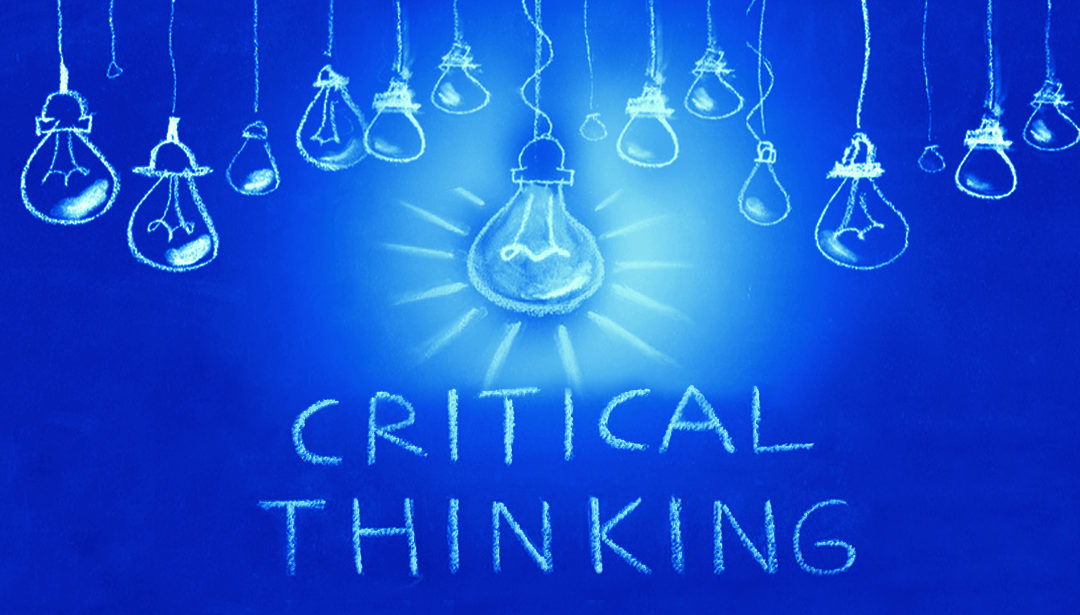
Board renewal and recruitment: A profound need to modernize the process
The COVID-19 environmental disruption, the call to enhance and expand member digital services, #blacklivesmatter, and the retirement of board members comprise a profound confluence of opportunities. These opportunities should not become issues with the right actions. Two years ago, a significant percentage of board members (30-40%) declared they would retire in three to five years. In addition, many tenured board members assert that younger generations are not committed to volunteering their time.
These simultaneous transformative disruptions beg questions of each board: What resources are needed now? How does our board’s governance structure take care of our membership in this disruptive and transformative situation? What conversations are needed to understand the board’s obligation to add more strategic value?
Board members should also self-reflect: Am I the best resource for this board? How will I know? What is my unique value? How do I impede success? Am I willing to step aside? Do I live as a legend in my own mind?
Transformative Opportunity
The global situation and its impact on the industry create a transformative opportunity for the future of credit unions. The call to action involves assessing and updating your board recruitment mindset and process to add dynamically engaged and relevant board members who add strategic value to the organization. The historical source for board member recruitment is no longer viable. This new reality offers an opportunity to move away from the unseen, unspoken, and unheard biases that result in homogeneity when selecting board members.
Diversity
Boards can move beyond talking about diversity and on to effective action in these ways:
- Make an explicit commitment to search for diverse competencies, perspectives, and thought.
- Challenge boardroom language of bias.
- Move from episodic recruiting to ongoing strategic and intentional recruitment.
- Embrace constant readiness to recruit versus waiting until three months before the need.
Professional Board Searches
Boards can boldly professionalize their search processes to captivate the best candidates in these ways:
- Determine the skill gap.
- Seek multiple perspectives.
- Professionalize interview skills.
- Ask the right questions.
- Advertise to compel responses from diverse and qualified candidates.
Common gaps in board skill assessments include strategic insight regarding the following:
- ERM
- Big data
- Strategic growth
- Cybersecurity
- Entrepreneurialism
- Human capital
- Balance sheet and investment strategies
Attracting the Best
Attracting the most qualified candidates happens through social media with geographical targeting, upbeat language, and automated friendly responses via an applicant tracking system. Assume you will receive dozens of interested candidates, necessitating a system to effectively curate them.
Be ready to share information about your organization and board. Initially, introductory-level information is appropriate; expect to share more at the final selection stage.
The missing link in a successful board search is eliminating entrenched practices. Be futuristic in your vision of what members need, and commit to diversity, equity, and inclusion in your actions. Step up practices to professionalize the search and be surprised and delighted at the quality of choices.




